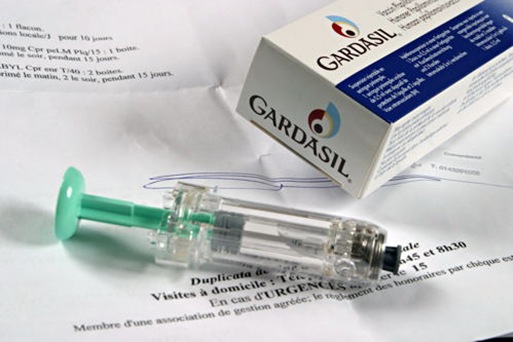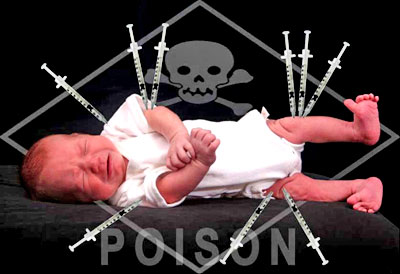
Commenting on the stunning research, study leader Professor Chris Exley from Keele University contended, "Perhaps we now have the link between vaccination and autism spectrum disorder (ASD), the link being the inclusion of an aluminium adjuvant in the vaccine." Exley and his team posit that people with autism may have a genetic component which causes them to accumulate aluminum more readily compared to the average person.
The hazards of aluminum
Aluminum adjuvants are purportedly added to vaccines in order to make them more "effective." The aluminum is added to stoke the immune system into action; adjuvants are often likened to poking a bear. But whether or not aluminum adjuvants actually do what they are supposedly designed to do has been highly contested. Scientists like Dr. Suzanne Humphries have been quite critical of aluminum adjuvants due to their potential to cause harm to recipients.
Aluminum may be an abundant resource, but that doesn't mean it's safe. Even the CDC's Agency for Toxic Substances and Disease Registry (ATSDR) notes that aluminum can have disastrous effects on the human body -- including harm to the musculoskeletal, neurological and respiratory systems. In the ATSDR's ToxGuide for aluminum, the organization states that the neurological system is the "most sensitive target of aluminum toxicity." While the ATSDR's ToxGuide does not mention vaccination with aluminum-containing inoculations as a route of exposure, there's clearly good reason for concern.
Research has already suggested that aluminum is linked to Alzheimer's disease -- who knows what other neurological conditions may be linked to this hazardous metal?
Connecting aluminum to autism
Published in the Journal of Trace Elements in Medicine and Biology, the research pioneered by Dr. Exley and his team at Keele University has revealed a link between autism and aluminum. In fact, their findings present some of the strongest evidence that autism spectrum disorder (ASD) is caused by aluminum.
To conduct their research, Exley and his team studied brain tissue collected from five deceased donors with an ASD diagnosis. What they found was that the aluminum content in their brains was significantly higher than normal. For example, brain tissue from a 15-year-old boy contained ten times more aluminum than what's considered "acceptable" for an adult -- let alone a young teen.
It's posited that there may be a genetic component which causes some individuals to accumulate more aluminum in their brains -- similar to theories surrounding aluminum and Alzheimer's disease. What makes the aluminum accumulation unique in ASD is that most of the aluminum was found in non-neuronal cells and tissues, which are responsible for maintaining the body's internal environment.
While vaccine propagandists will be quick to dismiss this shocking research as nothing more than a "conspiracy theory," the fact is that even government agencies have recognized aluminum's potential to cause neurological problems -- and yet, the pharmaceutical and medical industries have been given a free pass to inject children with this hazardous substance.
Learn more about inoculations at Vaccines.news.
Sources for this article include:
ATSDR.CDC.gov [PDF]
Please contact us for more information.






















